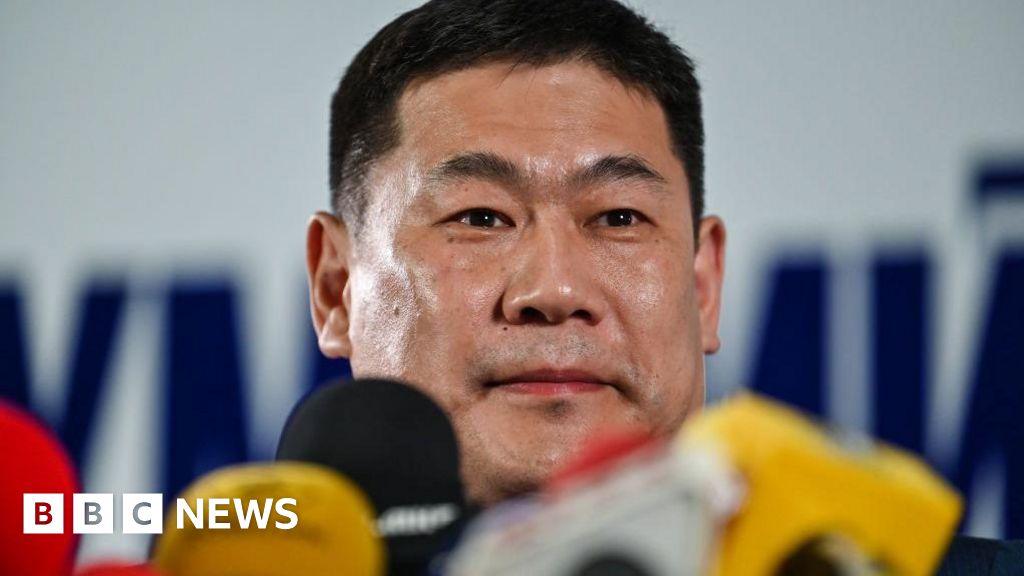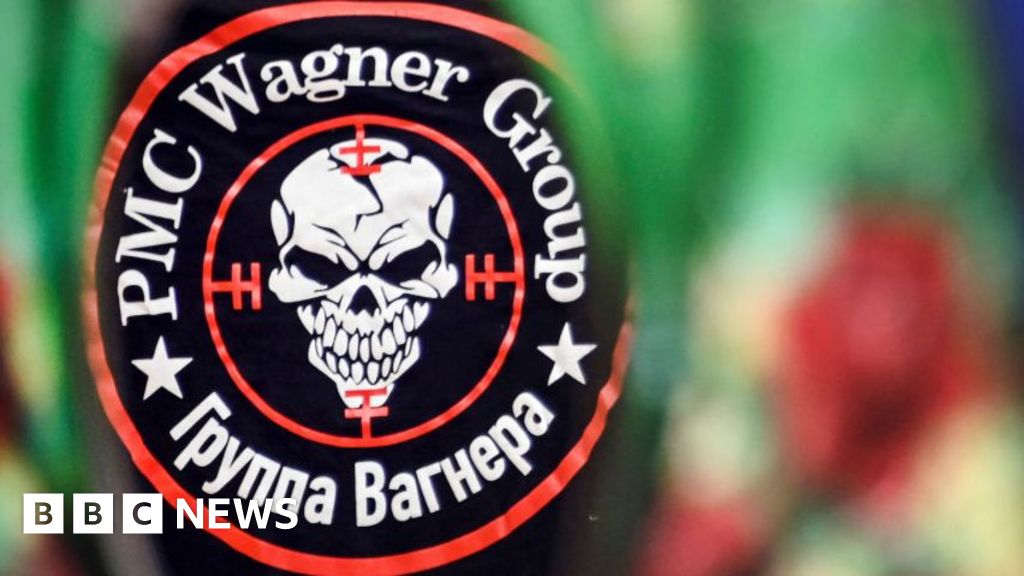ARTICLE AD BOX

Chuck Searcy speaks at his office in Vietnam's central Quang Tri province, 600 km (372 miles) south of Hanoi, February 27, 2007. REUTERS/Kham/File Photo Purchase Licensing Rights, opens new tab
- Vietnam celebrates 50th anniversary of reunification on April 30
- Joy and fear as Saigon fell, US veteran recalls end of war
- Former foes are now close but Hanoi risks crippling US duties
HO CHI MINH CITY/HANOI, April 29 (Reuters) - As a young U.S. intelligence analyst in Saigon during the Vietnam War, Chuck Searcy never thought that 50 years later he would be living in Communist Vietnam and helping its people fight a different war against unexploded mines.
The Vietnam War scarred a generation of U.S. soldiers, but like many, Searcy returned to the old battleground and has witnessed first hand the dramatic warming of relations between the two former foes.
Sign up here.
Searcy, 81, now lives in northern Vietnam as the Communist-run nation celebrates 50 years since the end of the war on April 30, known as Reunification Day.
But he still remembers the prophetic words of a South Vietnamese soldier he met in the 1960s in Saigon, the capital of the U.S.-backed South Vietnam that spent decades fighting against Communist North Vietnam, which was renamed Ho Chi Minh City after the war.
"Until you get out of our country, we will never get peace," Searcy recalls the man telling him.
Searcy declined to name the soldier but marvelled that while he was America's ally, he nevertheless believed that North Vietnamese leader Ho Chi Minh was the only figure respected by the majority of the people and capable of bringing peace.
The Vietnam War lasted for two decades and killed nearly 60,000 Americans, many of them young soldiers drafted by their government. Some three million Vietnamese died on both sides of what is known in Vietnam as the American War.
But fewer and fewer Vietnamese have memories of the war. Vietnam's median age is now below 35 and youths may rather link the notion of a conflict with America to the current trade war.
Vietnamese youths crowd Starbucks cafes throughout the country, and U.S. consumers buy "Made in Vietnam" goods - contributing in the process to Vietnam's rapid economic growth.
The former foes have now turned into close economic partners, with U.S. multinationals, such as Apple, Nike and Intel, running large manufacturing operations in Vietnam.
HEALING WAR'S WOUNDS
After having experienced first-hand such legendary wartime events as the 1968 Tet Offensive, Searcy left the military and returned home to the United States, at least for a time.
He was in Atlanta when he watched on TV the fall of Saigon on April 30, 1975 and the iconic takeoff of the last helicopter from the roof of the U.S. embassy in the centre of the city.
"I felt this overwhelming sense of relief that it was over after such a long agony," Searcy told Reuters.
Firmly in the anti-war camp at that point, Searcy acknowledged that his elation for the end of the war "was mixed with great concern" about Vietnamese friends who had supported the U.S. army and whose lives may have been in jeopardy. Over 1 million Vietnamese left the country after the war ended.
However, expectations that things were about to change brought him back to Vietnam 20 years later with a project for the rehabilitation of children with disabilities caused by polio and other diseases.
That was shortly after Washington had lifted its embargo on Vietnam in 1994, giving people hope that a normalisation of relations was possible, he said.
Searcy has remained in Vietnam since, having later co-founded Project Renew, which helps people gravely injured by mines and deploys teams of de-miners to clear the country from unexploded ordnance out of the 5-8 million tons the Americans dropped during the war.
He is still impressed by the resilience and pragmatism of Vietnamese people, including these days when they face the threat of crippling tariffs from the Trump administration which could undermine the country's growth model.
"We are still making life very difficult for the Vietnamese," said Searcy.
Reporting by Minh Nguyen in Ho Chi Minh City and Francesco Guarascio in Hanoi; Editing by Michael Perry
Our Standards: The Thomson Reuters Trust Principles., opens new tab
Francesco leads a team of reporters in Vietnam that covers top financial and political news in the fast-growing southeast Asian country with a focus on supply chains and manufacturing investments in several sectors, including electronics, semiconductors, automotive and renewables. Before Hanoi, Francesco worked in Brussels on EU affairs. He was also part of Reuters core global team that covered the COVID-19 pandemic and participated in investigations into money laundering and corruption in Europe. He is an eager traveler, always keen to put on a backpack to explore new places.

 2 months ago
104
2 months ago
104








 English (US) ·
English (US) ·